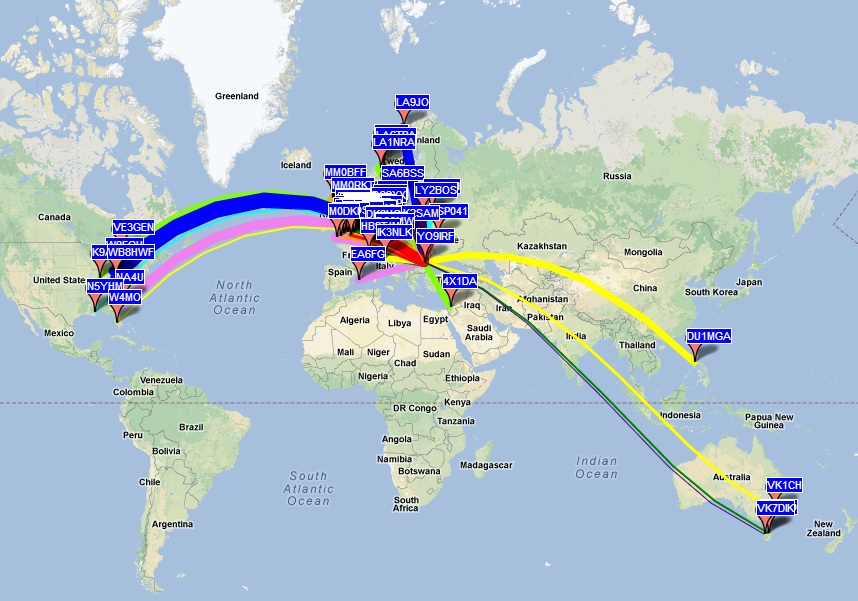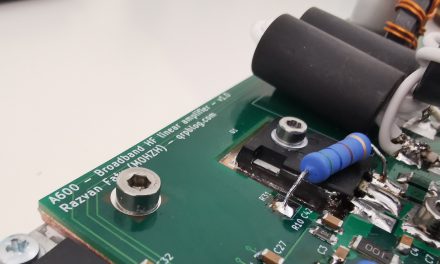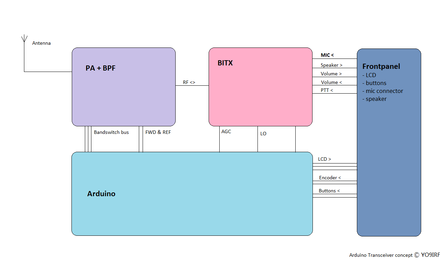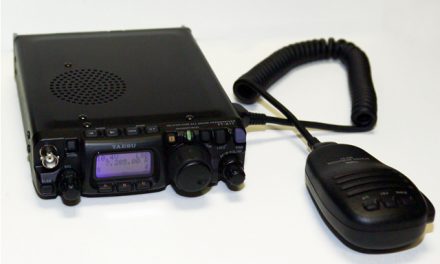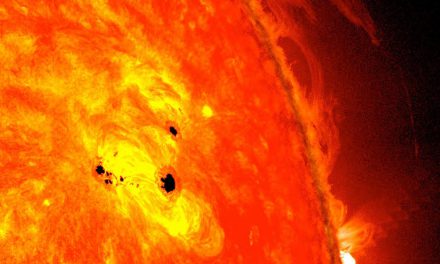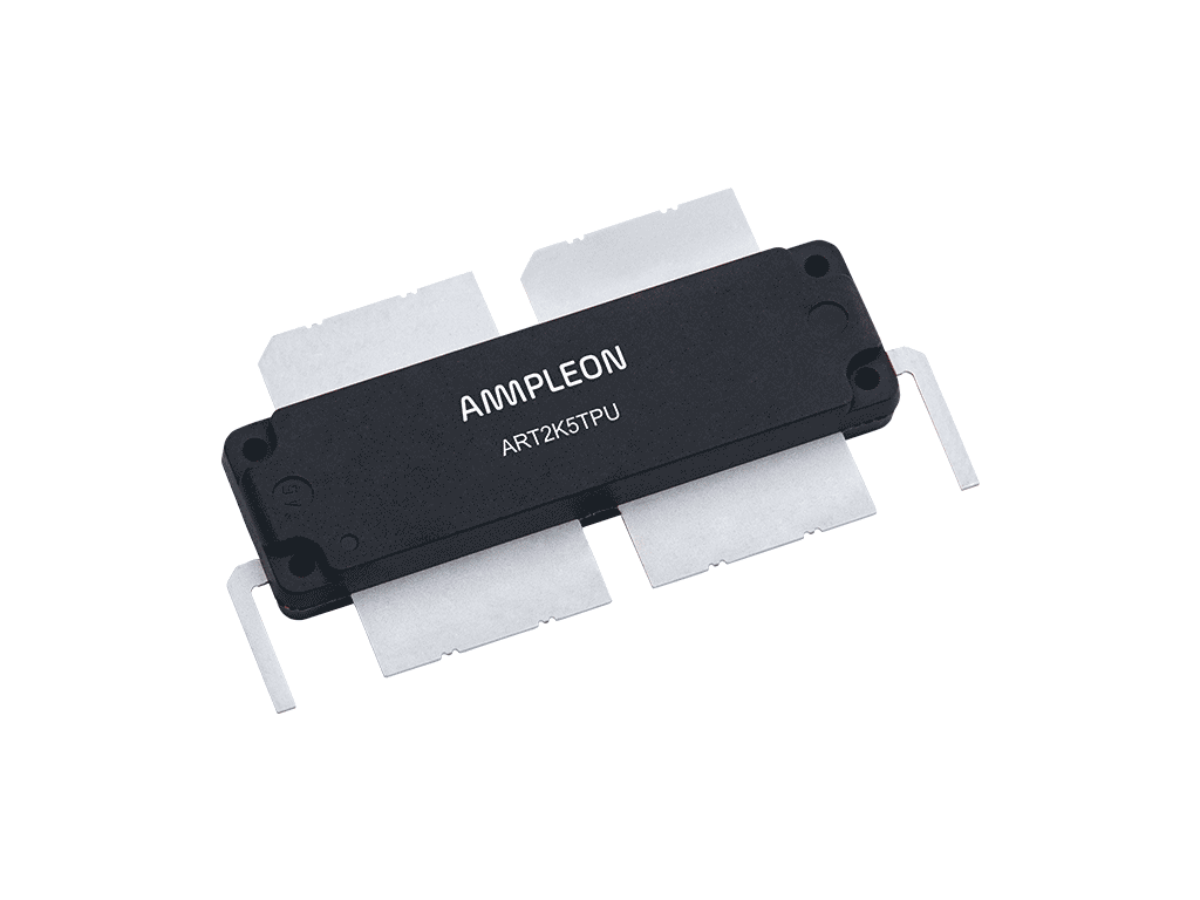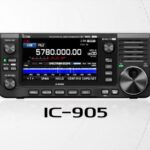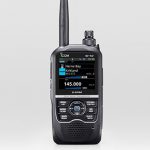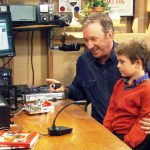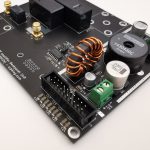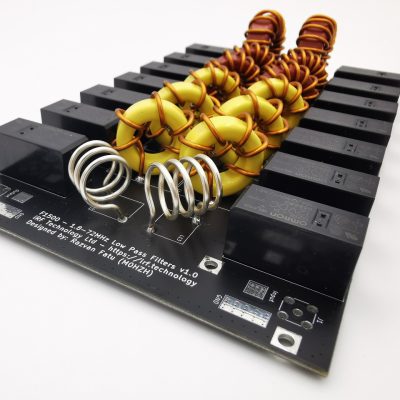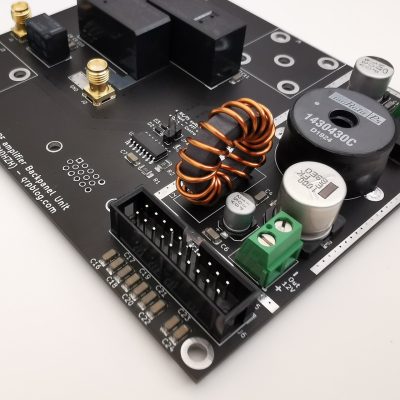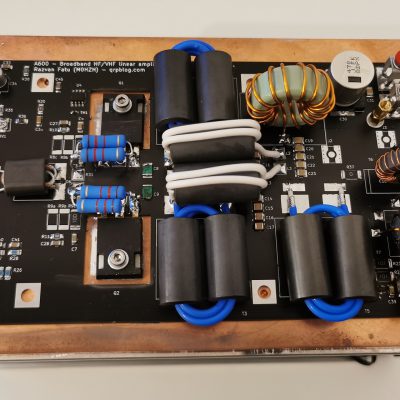WSPR seems to be not just a tool for actively monitoring the propagation status, but it can also help you trace the radiation pattern of your antenna. Of course, for a reasonable trace we would need WSPR stations all over the world using all types of antennas, but I guess we will have to make do with what we have for now.
This is the result of about 6 hours of WSPR in the reliable 40m band, from 04:00 to 10:00 local time, running 10W, 10% transmit cycle and a Windom antenna. The north-west / south-east patterns seem to be predominant, but we must also take into account the fact that there are just a very few WSPR stations in Russia, Africa or South America, some of them were active (like PY2FLP) as I could see in the WSPRnet.org spot database, but no spots for me.
Then there is also the antenna’s takeoff angle, wich makes the wave “land” at a certain distance from where it’s transmitted; lower angle means your signal will go further, so the fact that I got alot of spots from the East coast of the USA but none from the West means my takeoff angle should be a bit lower if I want to work that region.

